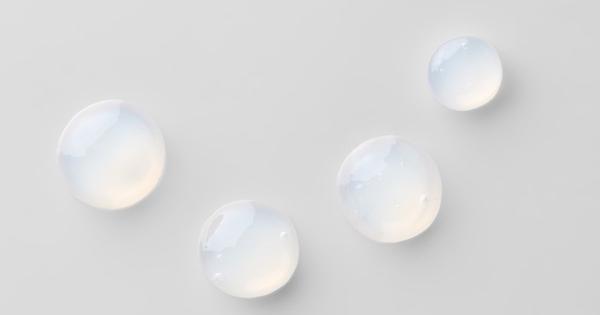Skin Regimen Lx Retinol Serum
Anti-wrinkle serum
skin care
Eve Mérinville | Corporate RD Excellence & SC RD and Innovation Director
10 min read

Despite the skincare ingredient’s popular and powerful anti-aging effects, retinol can have potentially damaging side effects including dryness, irritation, and redness. If applied cautiously upon reviewing the following tips, retinol can be used to its fullest potential, with minimal negative side effects.
Retinol is a member of the retinoid family that comes from vitamin A. When applied to the skin in serums, lotions, and creams, it enhances collagen production while exfoliating dead skin cells which in turn grows new, healthy skin cells.
Retinol is mostly used to prevent aging and treat acne. If used consistently, retinol firms and plumps users’ skin, reduces wrinkles and fine lines, and creates a clear and smooth complexion.

Because retinol is known to have numerous side effects, it’s widely recommended for users to begin the application process slowly. You should start by applying it about two to three times per week and eventually your skin will build up a tolerance to the product. It’s encouraged to place a small test amount on an area of the skin before actively using retinol to see if you have any bad reactions. If a few days go by and the skin has little to no redness or irritation, you can incorporate retinol into your everyday routine.
It may take time for improvements to the skin to show up when you first start using retinol. Your skin texture may even appear worse at first, with common temporary side effects such including:
Although retinol is highly effective, its temporary side effects could turn serious if used improperly. To avoid this, here are the ways to manage these side effects and reap all of retinol’s benefits:
Retinol speeds up the skin cell aging process, forcing older skin cells to shed faster. Although this retinol-induced process can cause smooth, bright skin, it also can lead to peeling. However, this side effect can be combated with the use of a gentle moisturizer while steering clear of harsh exfoliants.
Even though retinol is known for clearing acne, at first, it’s common for retinol to create breakouts, this is called the retinol purge. The retinol purge may include redness, dryness, itching, mild burning, and acne. As time progresses, however, these side effects typically falter as individuals continue using retinol. It’s helpful to start with a lower concentration of retinol, use a hydrating moisturizer regularly, and avoid harsh products that can enhance skin irritation.
Because of their anti-inflammatory properties, topical retinoids are well-established for their ability to decrease hyperpigmentation in the skin. But, it’s important to be careful with this application, as improper use can even worsen hyperpigmentation on sensitive skin or skin with high levels of melanin. It’s important to use broad-spectrum sunscreen during the day while using retinol to prevent this UV damage.
Due to retinol increasing skin’s sunlight sensitivity, individuals using retinol are more inclined to contract sunburns and sun damage. Applying retinol at night helps alleviate these concerns as it minimizes sun exposure. During the day, apply sun protection by using a broad-spectrum sunscreen with an SPF of at least 30 and minimizing sun exposure while incorporating retinol into your skincare routine.

Anti-wrinkle serum
Ultra gentle cleanser
Hydrating glow cream
Hydra-plumping serum